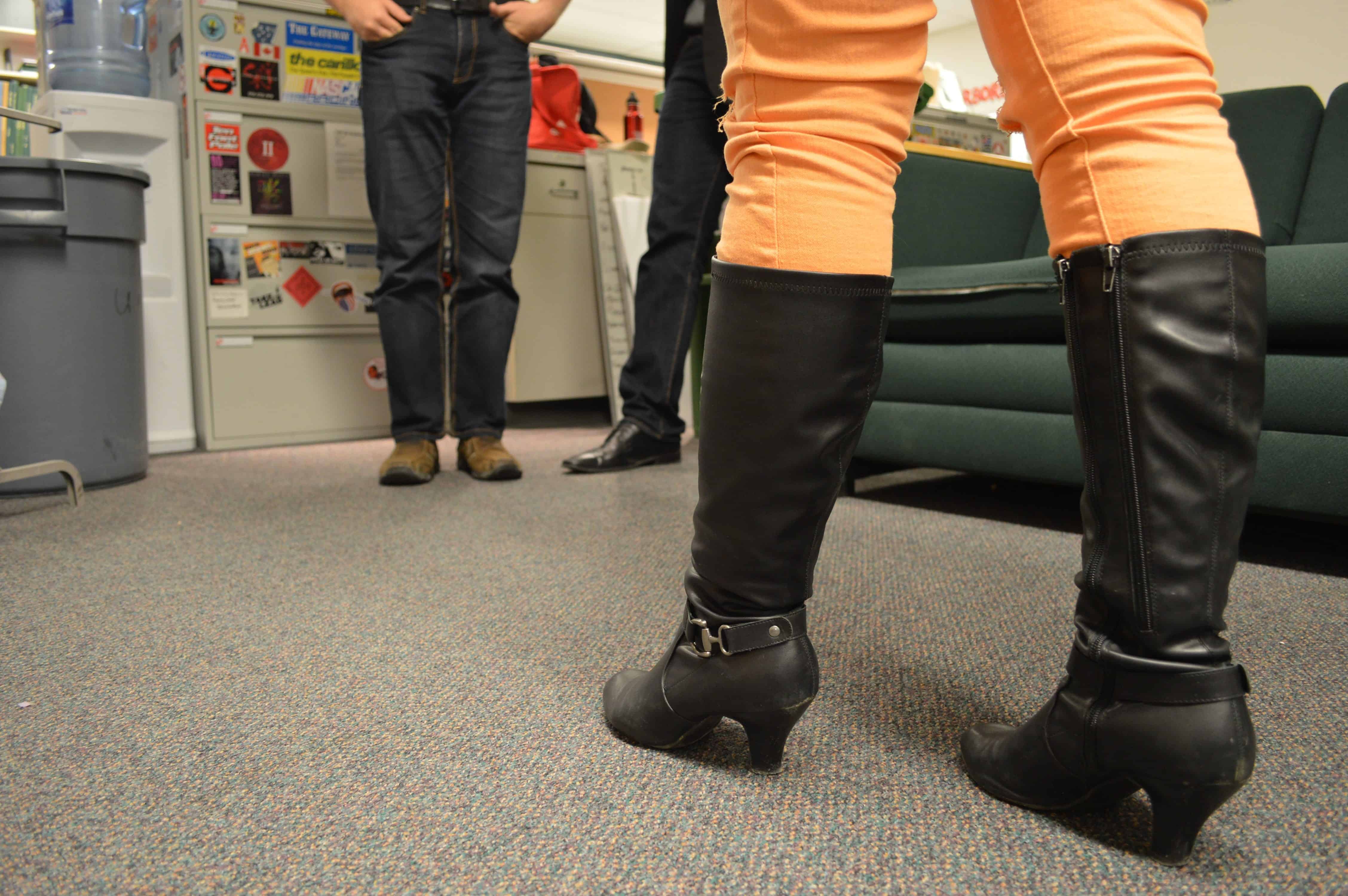
What led to the wonderful thing we know today?
We all know the internet. There’s even a chance you’re reading this on the internet. It’s a constant presence in our lives, but where does it come from?
Our story begins in the late 1950s. The Cold War is heating up. The Department of Defense and the Advanced Research Projects are trying to create a connected system of networks. Their mission continues into the 1960s where two men independently create the same thing, packet switching. Packet switching takes one big piece of data, breaks it into tiny pieces, and sends it away. Their success was named the Advanced Research Projects Agency Network, or ARPANET.
ARPANET had its first communications in October of 1969.
As the years went on, more similar networks were brought to life: Merit, with its official premiere in 1971; CYCLADES in France; X.25 in the UK; and UUCP at Duke University, which quickly became popular for how cheap it was. The issue that arose, however, stemmed from the fact that connections only worked within their own networks.
But within one network, the first ever email program was made by John Vittal in 1975.
It took some time, and ARPANET was fairly insistent on being in the lead, but by 1977 they showed off multiple network connections.
By 1978, people were sending spam emails.
However, ARPANET had become something that was only for military and mainly used for research. Lots of other people wanted what the military had: universities, NASA, other government branches. But, they ran into the same issue again: different branches, different networks.
In 1986 a new frontrunner entered the scene, created by the National Science Foundation. It was creatively named the National Science Foundation Network, or NSFNET. They kicked ARPANET out of the scene by 1990.
NSFNET themselves were gone by 1995, but the foundation of it was given to internet service providers.
Hopping back a little bit before ARPANET and NSFNET left, in 1989, a man named Tim Berners-Lee presented the idea of the World Wide Web, which he initially called ‘Mesh.’ A year later, the very first Internet Service Provider for commercial use ‘The World’ launched, swiftly followed by Berners-Lee’s finished WWW code.
By 1991, web pages were being brought into the scene for public use. Meanwhile, just a year before in the academic sphere, the Archie Index – the first search engine – was created.
In 1993, Mosaic, the best browser for people who weren’t great with computers, was launched.
By 1995, the internet had found capitalism. Programs were made to ensure financial transactions were made more safely. Two familiar faces, to some, entered the ring: Echo Bay – now known as eBay – and Amazon. Even though that’s the year Amazon launched, it would take some time before they became the giant of online shopping that they are today. Java, along with JavaScript, were also launched.
By 1996, emails weren’t limited to fancy people in high places. HoTMaiL came out as a web-based email provider, which still exists today as Outlook.com. That same year social media came into the picture with the introduction of SixDegrees.com. It was a place to add friends and family and post on a board connected to their account.
In 1997, an Internet classic was born: AOL Instant Messenger, commonly known as AIM. AIM was a place to connect with friends, and had a very important feature in the ‘away’ message, a spot to leave a message for those to see when you’re not online.
1998 brought another few big updates for the internet. The news of the Monica Lewinsky scandal was launched on the internet. Our old friend Google made its way onto the scene. Another old friend, Napster, a site that allowed audio file sharing online, was launched amidst the newfound online file-sharing.
But it’s not all rainbows and sunshine in the late 1990s for the internet. A little something called the dot-com bubble came crashing down. It was a stock market bubble related to the internet becoming commonplace, but it was not made for the 21st Century because, in 2000, it crashed. The crash allowed eBay and Amazon to flourish, but many other ecommerce sites went down the drain.
Amidst that collapse, we got a chance to meet one of our best friends – Wikipedia – when it launched in 2001.
Then, in 2003, Skype came into our lives through Voice over IP calling. This was also the year of the once-most-popular social media site, MySpace.
MySpace was a place to add friends and post on your page, and as more websites began to pop-up, more features were added. After YouTube’s launch in 2005, you could add YouTube videos to your MySpace page. The same year, artists were able to upload music to their pages, including current favorites like Taylor Swift, Lady Gaga, and My Chemical Romance.
Jumping back a little bit, in 2004, college students were introduced to ‘the Facebook,’ which we all know now as Facebook, despite attempts to change it to Meta.
Another debated website with a recent name change was created in 2006, Twitter.
By 2007, another big invention came onto the scene and pushed internet use even further: the original iPhone.
A hop, skip, and a jump a few years later and we received both Instagram and Pinterest in 2010. In 2011, we got Snapchat.
Now a moment of silence for Vine, which we received in 2013, but was gone too soon.
And what about from there?
The internet now is a major piece of pop culture and who we are as a society. The internet is where we get our news, where we talk to our friends, where we see the latest trends. The internet influences our day-to-day lives.
Physical copies of things are on the decline because of the internet. Video game stores close their doors because of digital downloads. Most computers don’t even have disc drives anymore for CDs or movies. My own computer has had a TurboTax CD from seven years ago sitting in the disk drive simply because I haven’t needed it for anything else. So, TurboTax just sits there.
Kids and young adults are constantly accused of being on the internet all the time, not going outside, not interacting with people. I’m sure we’ve all seen pictures of signs in restaurants saying things like ‘No Wi-Fi Password, talk to each other,’ assuming young people don’t actually talk to each other, they just stare at their phones. They’re accused of not being able to function without their phones, but I’ve seen Gen X and Boomers get upset the moment their Wi-Fi stops working properly.
The internet has a long history. Everything does, if you get into the details. But, where would we be without that one Jennifer Lopez photo? Without Google Images, probably.









